OHAUS i-DT61XWE User manual
Other OHAUS Measuring Instrument manuals

OHAUS
OHAUS ST Series User manual

OHAUS
OHAUS MB27 User manual

OHAUS
OHAUS ST400D-B User manual
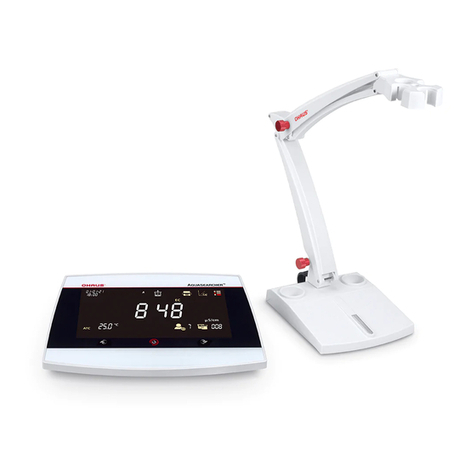
OHAUS
OHAUS a-AB33EC User manual

OHAUS
OHAUS STARTER 400D User manual
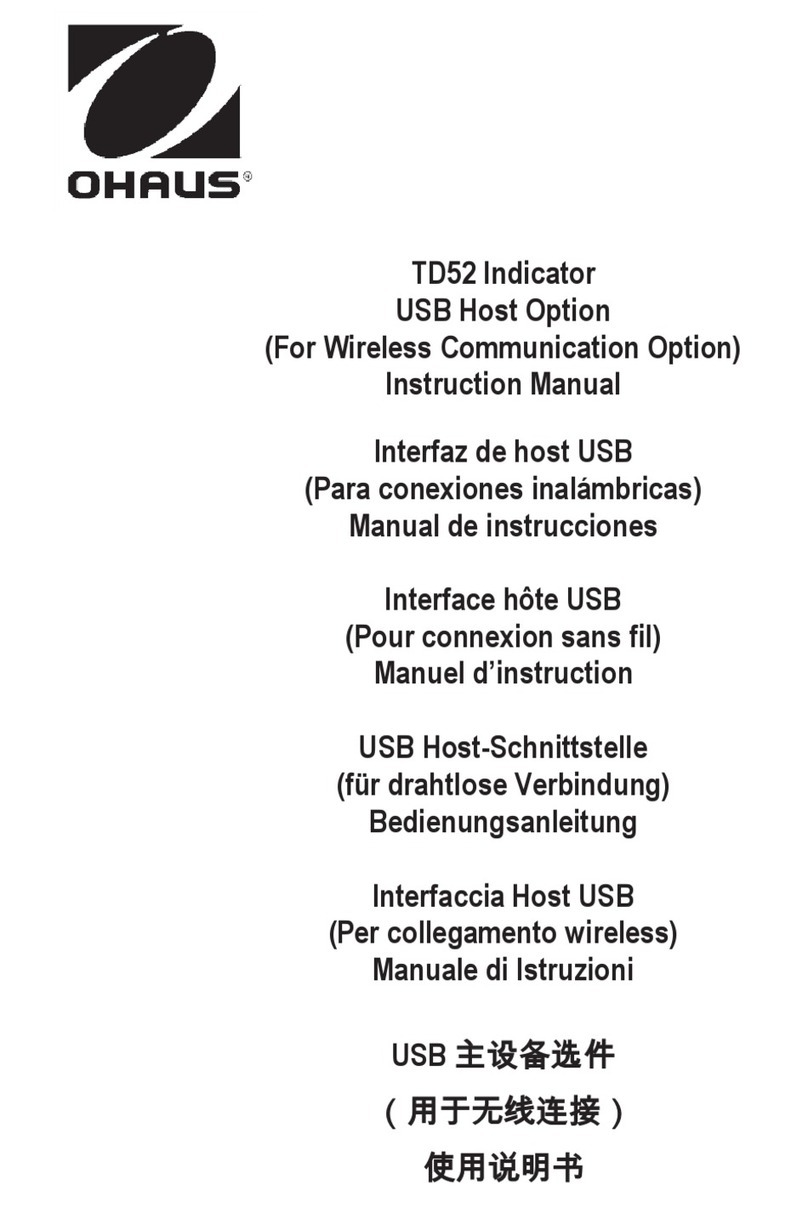
OHAUS
OHAUS TD52 User manual
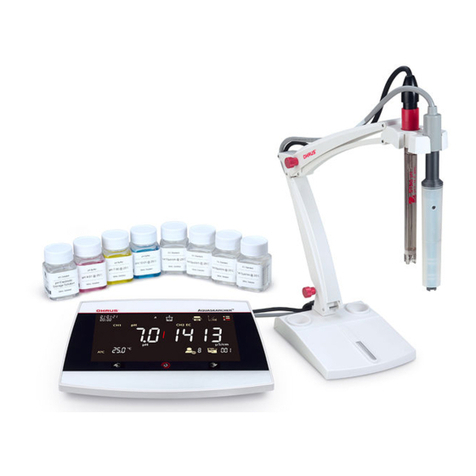
OHAUS
OHAUS a-AB33M1 User manual
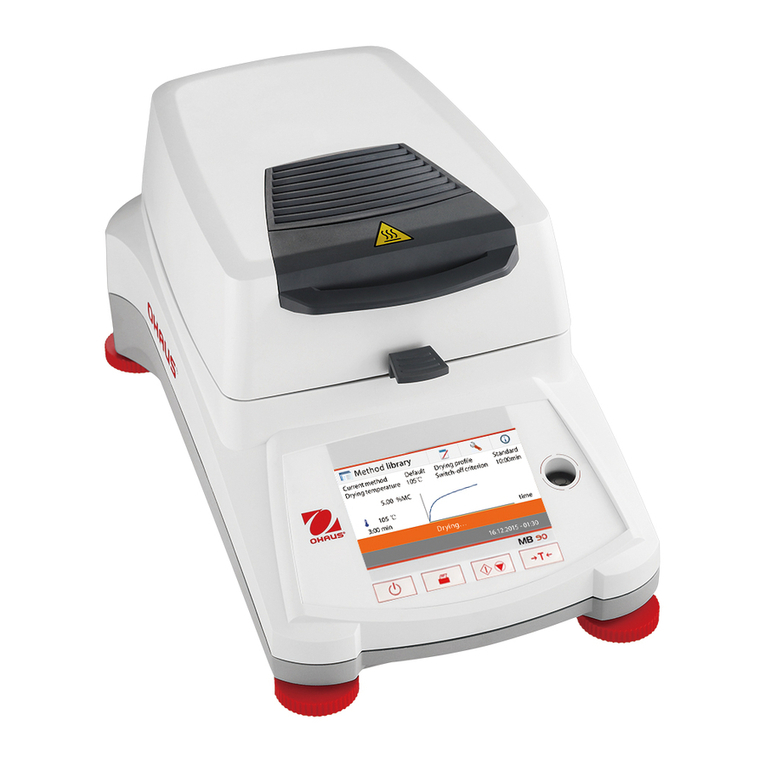
OHAUS
OHAUS MB90 User manual
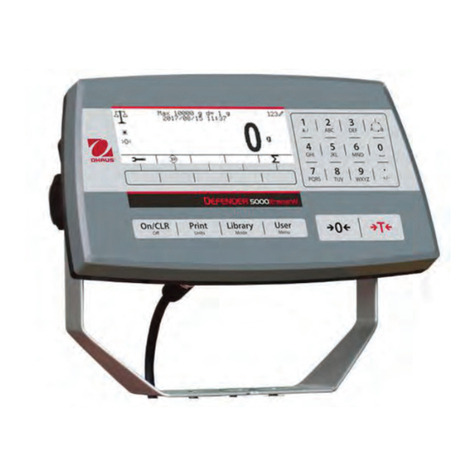
OHAUS
OHAUS Defender 5000 TD52XW User manual
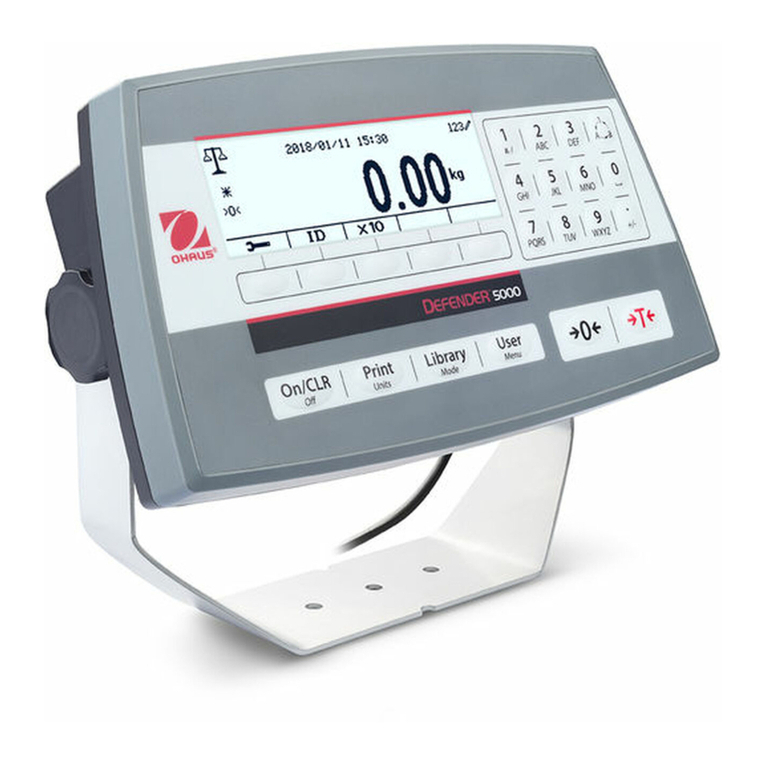
OHAUS
OHAUS TD52P User manual

OHAUS
OHAUS MB90 User manual

OHAUS
OHAUS a-AB33M1 User manual

OHAUS
OHAUS T71 Use and care manual

OHAUS
OHAUS Defender T24PE User manual

OHAUS
OHAUS STARTER 5000 User manual
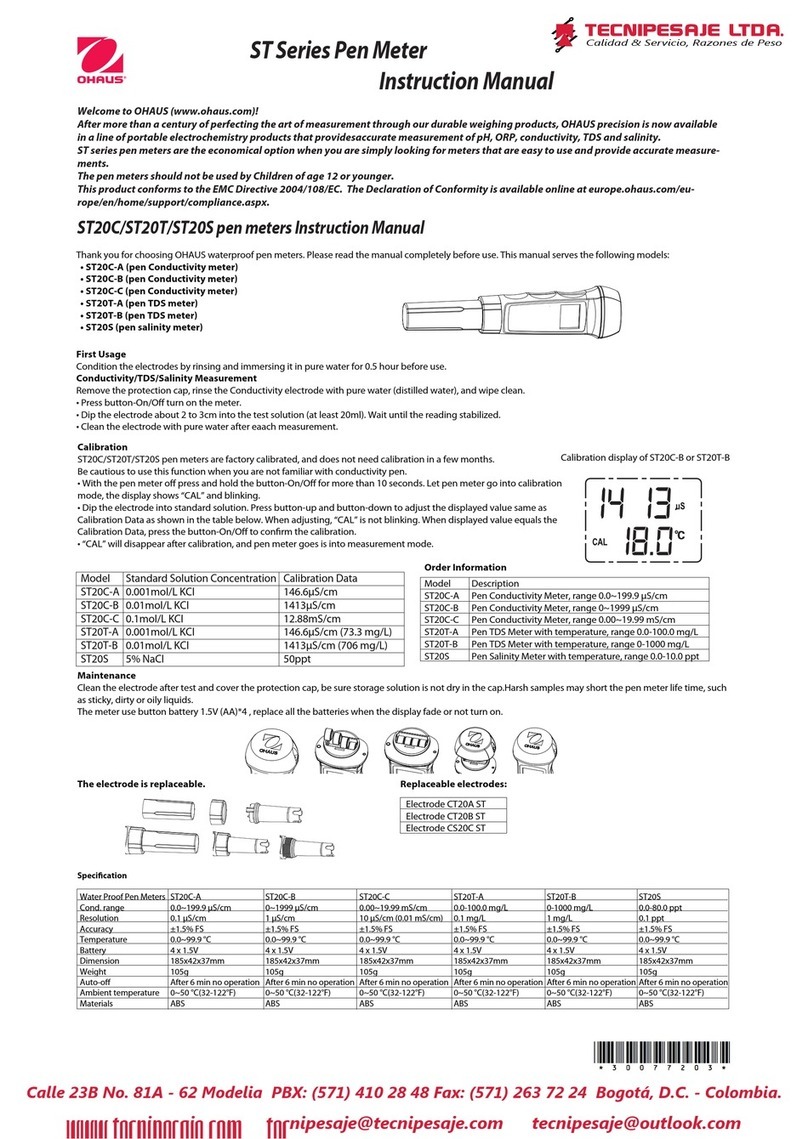
OHAUS
OHAUS ST20C-A User manual

OHAUS
OHAUS TD52 User manual
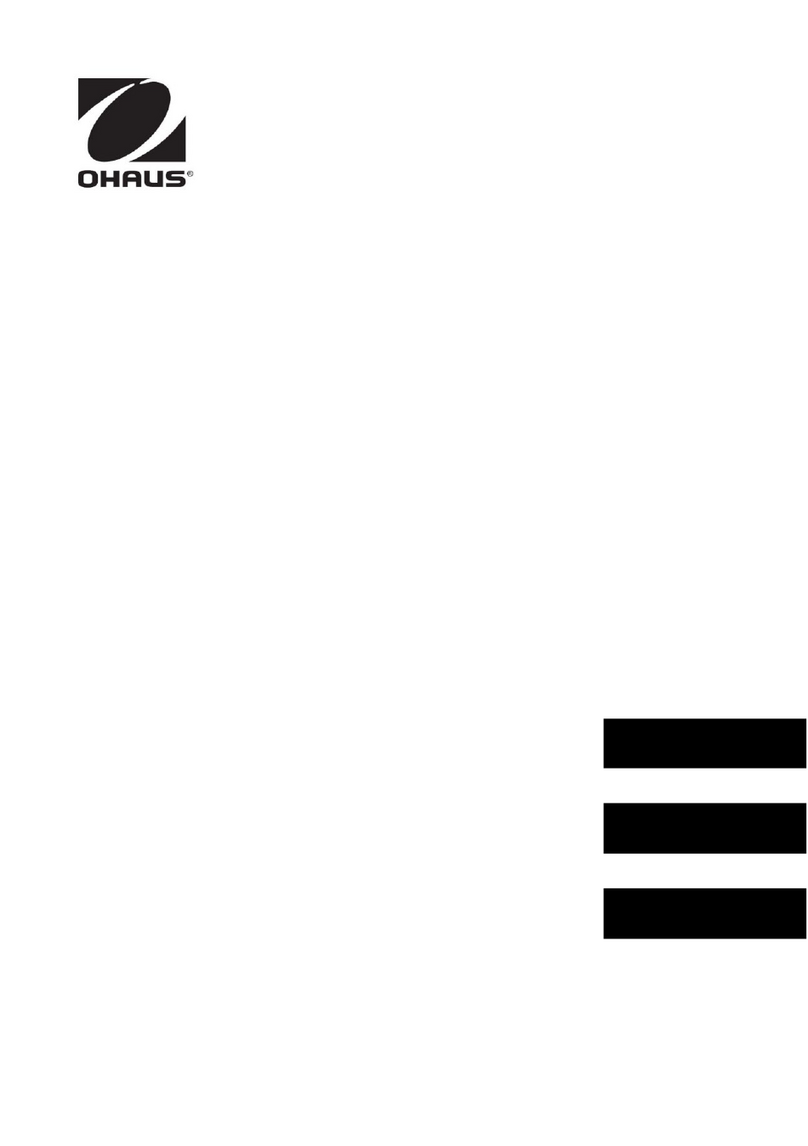
OHAUS
OHAUS a-AP30TUR User manual

OHAUS
OHAUS i-DT33P User manual

OHAUS
OHAUS MB45 User manual































